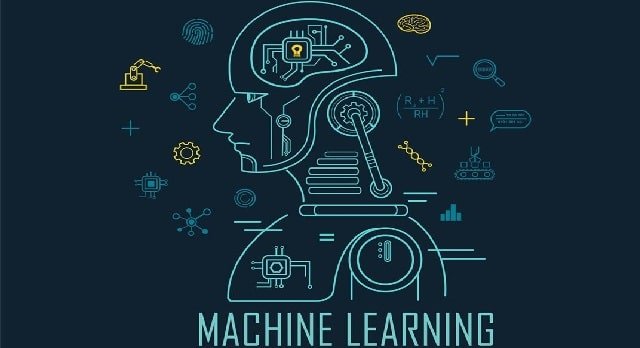Three types of machine learning – choose right one
The type of machine learning that fits best depends, among other things, on what data is available. And it is becoming more common to combine different types.

That machine learning is the advanced management and analysis of data, of all the varieties that fall under the umbrella concept of AI is starting to sink into the consciousness of most people. But how many have control over what different types of machine learning are available?
There are three categories:
- Supervised learning.
- Unsupervised learning.
- Reinforced learning (reinforcement learning).
When trying to figure out what differentiates the types, it is easy to get lost in abstract descriptions. Here is an attempt to bring clarity:
Supervised learning
SL (Machine Learning) involves refining an algorithm, by training it on the basis of a data set and a previously known “correct answer”.
Unsupervised learning
UL (Machine Learning) involves arriving at a function that describes un-categorized data, without having any known answer as a fact. Thus, the resulting function cannot be checked against a known answer.
Reinforced learning
RL Machine Learning means that a software (called agent), or more, learns the right solution by trying to advance and reinforce behaviors that lead to positive results and weaken behaviors that lead to negative results. This can be done without having access to prepared data.
Of these three, enhanced learning is the type that has been least in the limelight so far and most commonly seen in niche applications, Infoworld writes. But that is changing. The method fits well in the context when agents need to arrive at optimal solutions in a given environment.
An example of such an environment is an IoT solution that includes self-working applications in the outer layer, called “autonomous edge applications”. The same applies to transport, medical, and more solutions that contain robots at the outer edges. Further areas of application are in IT operations, the energy sector and financial trading.
But the most exciting area is perhaps deep reinforcement learning. This means that autonomous agents use enhanced learning to train neural networks. AI that trains an AI, in other words. And these can be used to train machine learning solutions based on supervised or unsupervised learning.
If this sounds messy, you can think of it as automation of AI development.
Another way to build solutions for machine learning that is gaining ground is to combine the different approaches (supervised, unsupervised and reinforced) into hybrid solutions.
An example of when a hybrid solution might come in handy is that supervised learning is of no use if there is no categorized data. Another that unsupervised learning based on categorizing data may not be appropriate for making decisions based on flows of sensor data.
There are a number of frameworks for working with enhanced learning, such as Tensorflow Agents .
Enhanced learning may not be the first area to begin with machine learning. Surprised learning certainly feels easier for many, since you have both the right amount of data and the desired answers to use. But in the long run, a person working in machine learning should also benefit from enhanced learning.
Shortlink:

Recent Comments